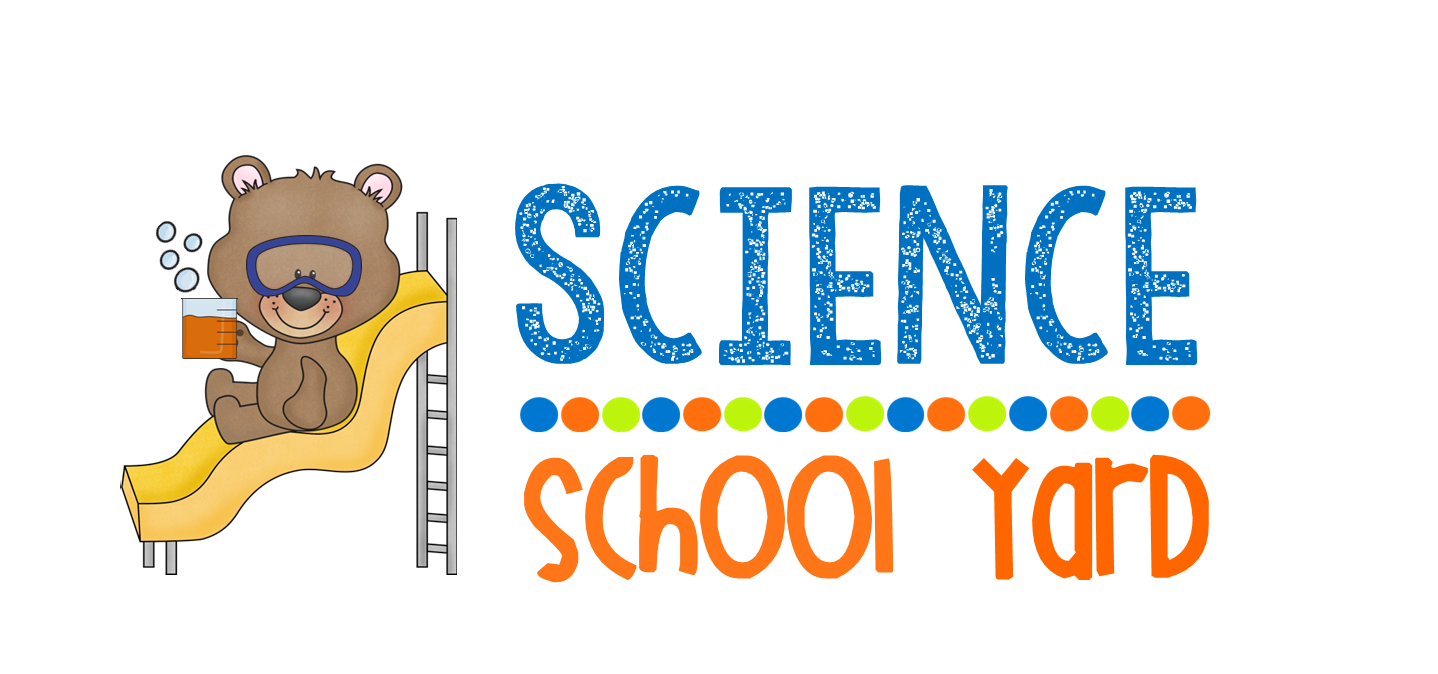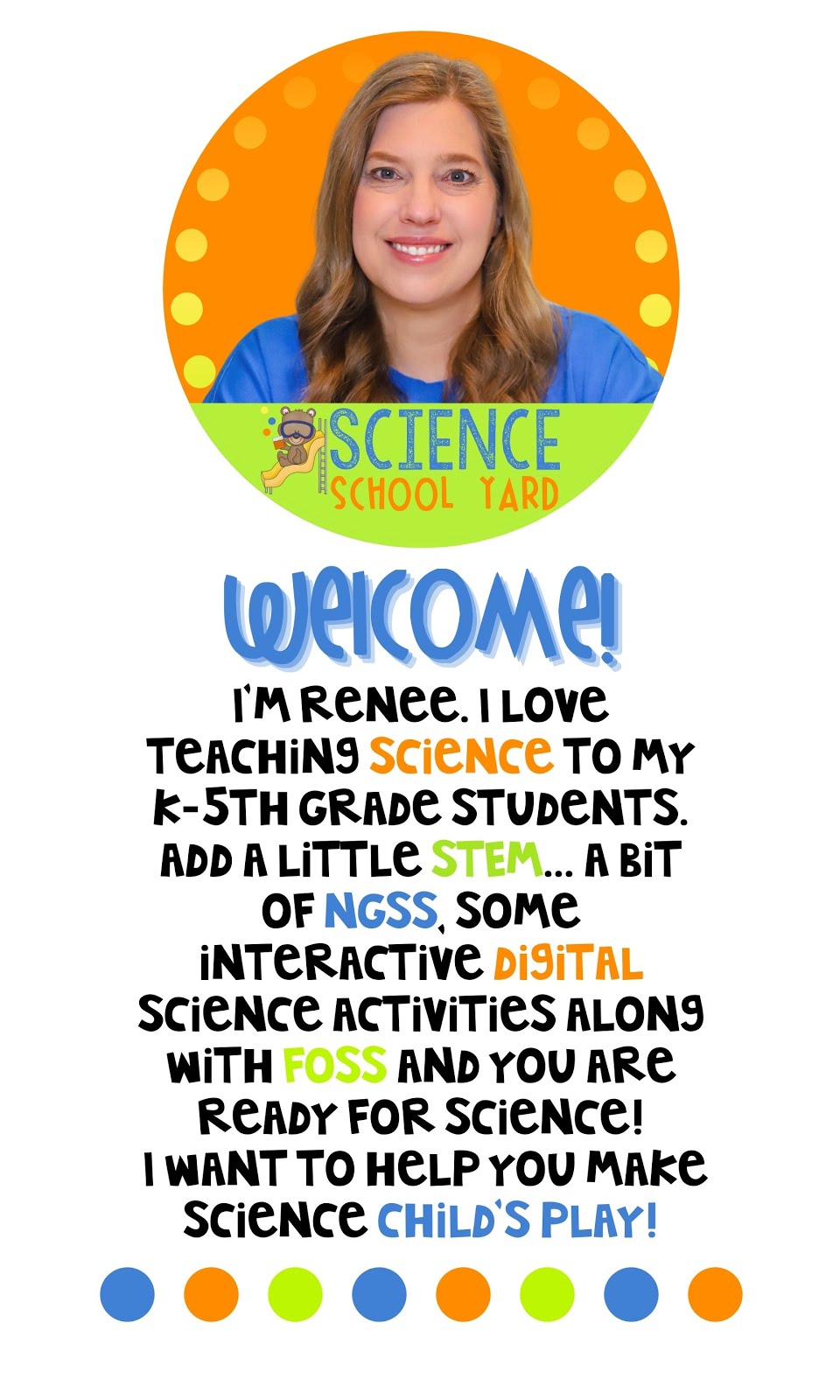I know I am not alone. We all have units that make it hard for us to keep the kiddos attention. Units that we have to follow because of district initiatives. We follow the plans...we try to add a fun twist...we think "how can we shake it up a bit?"
To finish up on the Rock Cycle lessons that I added, I also mixed it up with a little "ROCK" and roll. QR codes are a great way to get kids actively engaged in concepts such as vocabulary, studying for a test, and reviewing concepts.
Sometimes my students scoot around the room....sometimes they have the cards at a station...other times like this we make it a competition.
Here is how it works...
1, Playing some rock instrumental music sets the mood. I just have it playing in the background lightly.
| Rock Cycle Questions and Record Sheet...my students ROCKED IT! |
3. When each box is filled in with the correct answer, the band of rock stars must come up to me and show me that they rocked it out together. If they are all finished...first...I give them rock candy and a polished rock.
| The Rock Stars LOVED the candy rocks! |
Here is a link to your own Rock Star Rock Cycle Review Freebie!
Rock On My Friends...we all can be rock star teachers and get our students to be excited about what we are teaching! Sometimes it's nice to get a little help from your back up band (with a freebie!)























![I Eat Apples in Fall (First Step Nonfiction - Observing Fall) by [Lindeen, Mary]](https://images-na.ssl-images-amazon.com/images/I/51EqD9jnBpL.jpg)












